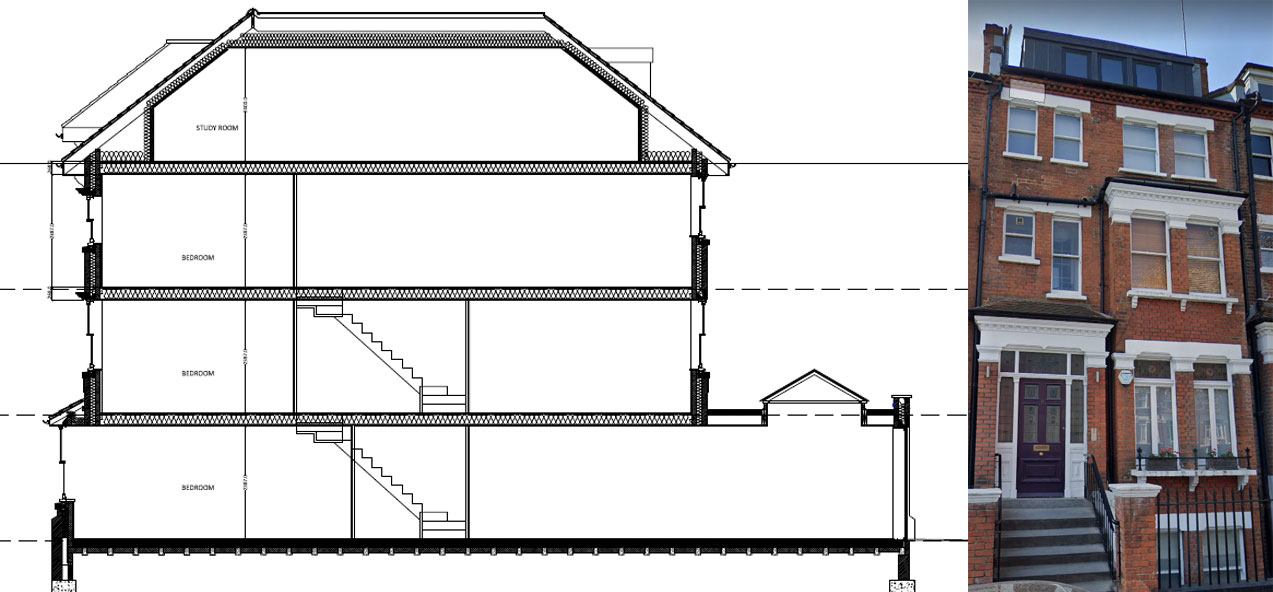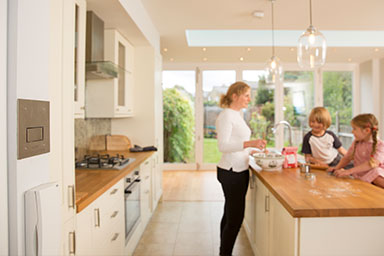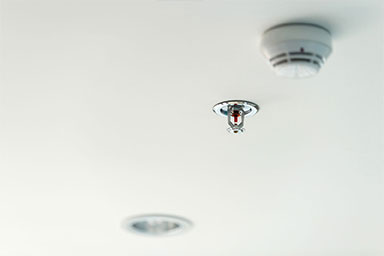Is fire suppression required for a compliant four-storey house?
New or converted four-storey houses after a loft conversion must have two separate escape routes between the upper floors. A house with a ground floor, first floor, second floor, and third floor needs two different staircases to get from the third floor to the second floor. If you install Automist, you won't need the extra stairs. The cost of installing an additional staircase in terms of installation and also in terms of space, make Automist a desirable alternative.

Why choose Automist over traditional fire sprinklers?
Case study - Four-storey home in Birmingham
Disclaimer: This information is not intended to be a comprehensive guide to all aspects of the building regulations but rather a useful source of background information. Whilst every care has been taken to ensure that the contents of this FAQ are correct at the time of publication, it should never be used as any form of substitution for the guidance documents. It should be noted that there may be specific additional requirements dependent upon local authority building regulations and/or fire authority.











